Advertisement
Providing world-class cancer care can be demanding. With more than 46,000 inpatients treated at Cleveland Clinic’s Taussig Cancer Institute in 2010 alone, Cancer Institute nurses understand this all too well.

Providing world-class cancer care can be demanding. With more than 46,000 inpatients treated at Cleveland Clinic’s Taussig Cancer Institute in 2010 alone, Cancer Institute nurses understand this all too well. Despite competing demands and priorities of patient care, nurse leaders and staff throughout the Cancer Institute foster a supportive culture. They are aware of patients’ individual needs and believe that caregiver teamwork enhances their ability to be optimally responsive to patients.
Advertisement
Cleveland Clinic is a non-profit academic medical center. Advertising on our site helps support our mission. We do not endorse non-Cleveland Clinic products or services. Policy
The Cancer Institute’s efforts along these lines, dubbed Taussig’s Responsiveness Project, were initiated with the purpose of meeting inpatients’ needs quickly and effectively. The project was implemented in July 2011 and uses a systematic patient-centered improvement approach (see box for themes related to 17 improvements that target people, processes and technology). The project has measurable targets and expectations aimed at the primary project goal of delivering outstanding call light responsiveness and improving patient satisfaction.
“Our focus is multifaceted and includes setting the expectations and creating a culture of teamwork, leadership and accountability, as well as establishing targets for responding to patients’ needs and leveraging our technology,” says Julie Fetto, MBA, BSN, RN, CHPN, OCN, Nursing Director, Taussig Cancer Institute. “The comprehensive approach, including sustaining our improvements through audits of the metrics and continuous feedback to the team, has been fundamental to our success.”
Fueling success through teamwork
Creating a plan to elevate overall responsiveness to patients’ needs across the Cancer Institute’s 103 beds in four units required a holistic, comprehensive approach involving all caregivers, including nurse managers, staff nurses and nursing assistants.
“Based on the breadth of factors that touch responsiveness, we had to evaluate the current state across all aspects of the institute, not just individual pieces,” explains Henry Buccella, Senior Director of Continuous Improvement for the Cancer Institute. “For 10 weeks after implementation, Julie Fetto and I rounded for an hour every week with a process scorecard to engage and involve all employees. We found that tapping into the capabilities of the health unit coordinators (HUCs) in regard to communications, accountability and urgency was a huge component of the project, in addition to better utilizing technology within our patient call light communication system.”
A Responsiveness Project team worked closely with the HUCs to ensure they understood how important their roles were to quality patient care and patient satisfaction, define standard work expectations and priorities, and develop their role as champions of customer service. Ongoing support of the new initiative was achieved by identifying staff that had the most impact on process expectations and engaging them in developing solutions, according to Patti Akins, BSN, RN, OCN, Nurse Manager of the Bone Marrow Transplant and Leukemia Units. “It all goes back to everyone being here for the patient and ultimately how we can make the hospital experience better for them,” Akins says.
Advertisement
To do this, the project team reviewed the HUCs’ job description. “We recognized that they played a huge role in overall responsiveness to patient needs and nurse-patient communication to meet those needs,” says Anne Fitz, RN, MBA, CHPN, Nurse Manager, Harry R. Horvitz Center for Palliative Medicine at the Cancer Institute. “By making HUCs ambassadors of each unit, we empowered them to be in charge of navigating the patients’ call lights and requests to the front desks. Support from nursing leadership ensured that HUCs had a direct voice with nurses regarding patients’ requests.”
Support included a kickoff retreat. Nursing management used survey and focus group feedback from all HUCs to develop and strategize the best implementation plan. Once an implementation plan was drafted, the management team involved the HUCs in a retreat in addition to communicating the process, priorities and standard work improvement protocol. HUCs took the lead in accelerating the culture shift by promoting customer service, communication, teamwork, urgency and accountability. Leadership supported enhanced HUC visibility by recognizing good performance and offering coaching as needed.
“There is real-time accountability of the HUCs to answer patient calls within one minute and pass the request on to someone to meet the patient’s needs as quickly as possible,” says Kathy Day, BSN, RN, OCN, Nurse Manager, Medical Oncology.
Turnaround in patient satisfaction
Before the Responsiveness Project was implemented, the Cancer Institute’s Hospital Consumer Assessment of Healthcare Providers and Systems (HCAHPS) patient satisfaction scores were below the target range. Following implementation, the institute attained four months of sustained performance above 70 percent (73 percent represents the 90th percentile).
“Taussig’s hospital patient satisfaction scores were in the middle of the pack comparatively across the system,” says Buccella. “We wanted to focus this pilot project on the institute and hit the ball out of the park. Our scores show that we’re doing it.”
Advertisement
The role of rounding
Day credits purposeful hourly rounding, an initiative launched by Cleveland Clinic’s Stanley Shalom Zielony Institute for Nursing Excellence in 2010, as a primary component of the project’s success. Nurse managers systemwide were trained on key hourly rounding behaviors, including introduction (telling the patient your name and role); addressing the “four Ps” (pain, position, potty [toilet needs] and possessions/personal items); explaining the purpose of rounding and when you or others will return; and documenting the rounding. The goal is for nurses to make rounding “purposeful” every time. Nurses engage in a connecting moment with the patient at the end of each hourly visit to ensure that all needs are met.
Each day’s rounding activity is tracked as nurses sign a 24-hour log at the patient’s bedside. Real-time information is also reviewed through the call light system, which Day reviews weekly to address any gaps in care. “Review of our 2011 data shows purposeful hourly rounding decreased the number of call lights by 50 percent,” she says.
The Responsiveness Project’s comprehensive focus is a win-win for patients and all caregivers involved. By readily meeting patients’ needs, the project reduces stress on the floor for the nursing staff. Further, reduced stress raises job satisfaction and fosters camaraderie, according to Fitz. “Although we’re not perfect and we continue to work each day on improvements, the movement to improve patient satisfaction is in place,” Fitz says. “We know that sustaining this is a daily effort, yet I feel it’s becoming ingrained in the culture. It’s still a huge amount of work, but it’s not as hard as it used to be because everyone knows that they are being supported.”
Select Improvement Targets of Taussig’s Responsiveness Project
The Taussig Cancer Institute’s team implemented improvements in 17 areas targeting people, process and technology. Examples include:
Advertisement
Advertisement

Prototype leverages collaboration between nurses and nursing assistants
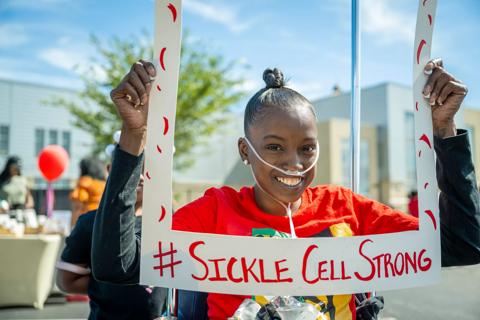
Nurses play key role in comprehensive lifetime treatment program
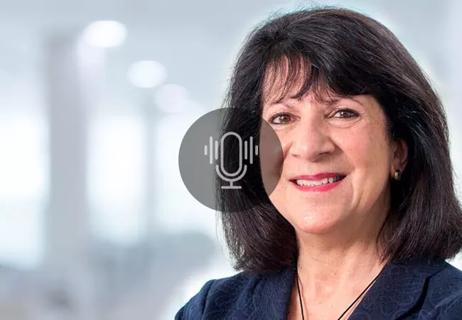
Compassionate care requires nurses to see beyond medical conditions to understand the complete patient
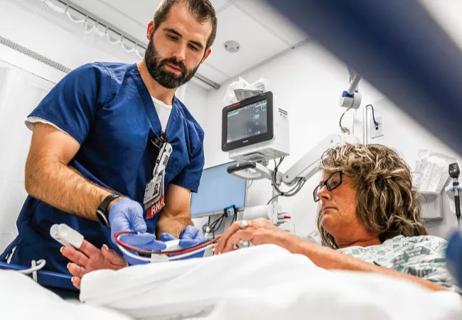
Akron General and Union Hospital increase throughput and patient satisfaction by rethinking their approach to care
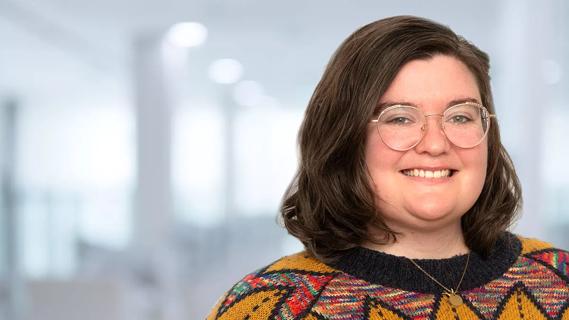
Adding humor to your communication toolbox can help put patients at ease and create connections with colleagues

Aromatherapy initiative promotes a healing environment
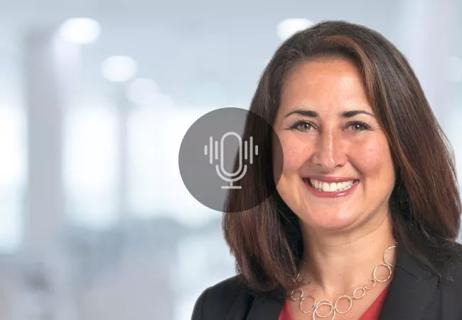
Insight on caring for patients who lack adequate insurance, a social support system or financial stability
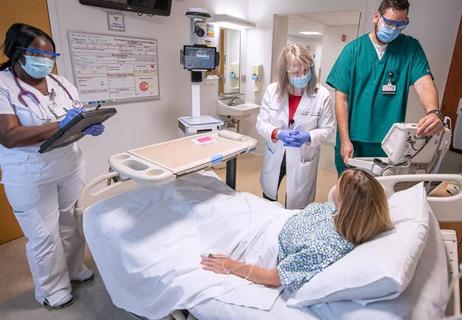
How clear, concise language can bridge the gap between providers and patients